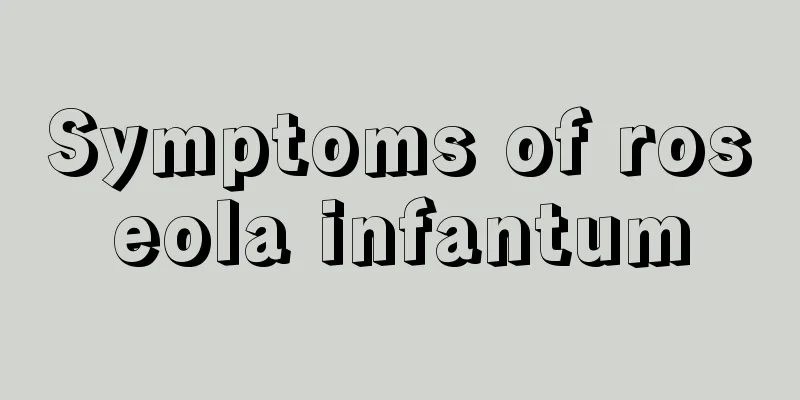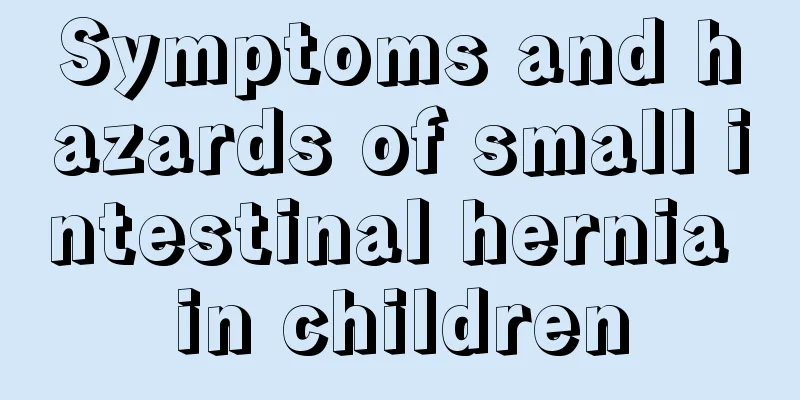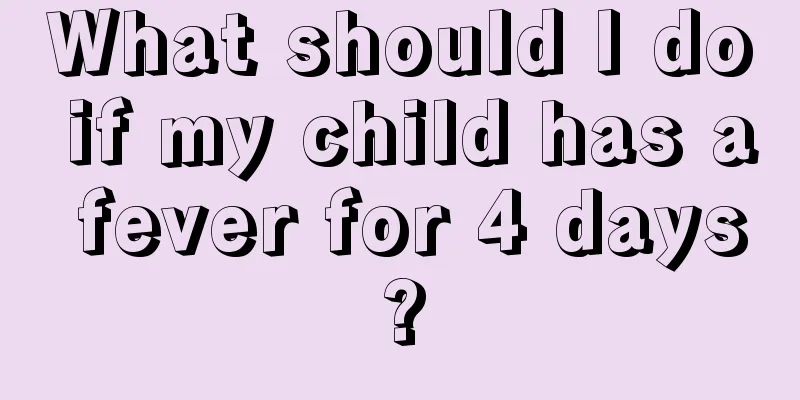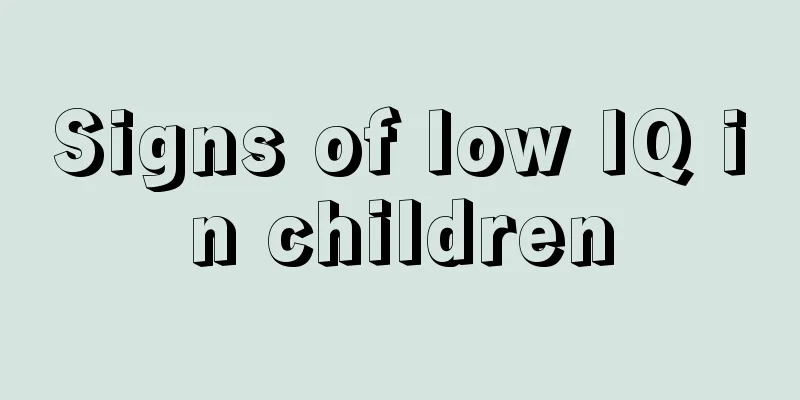Symptoms of roseola infantum

|
For young children, mothers need to take good care of them. Because young children have relatively weak disease resistance, it is very common for them to experience roseola infantum, which refers to high fever, rash, and extremely unstable emotions, anorexia, and crying. You can choose physical adjustment, such as wiping the skin with alcohol, or you can use medication. Let's take a look at what the symptoms of roseola infantum are. 1. Human herpesvirus type 6 (HHV-6) is the main cause of ES. The vast majority of ES is caused by HHV-6 type B infection, and very rarely by type A infection. In cases of roseola infantum and febrile illnesses, type B infection is more common; in immunosuppressed patients, both types of infection may be seen. Other less common causes include human herpesvirus 7 (HHV-7), coxsackieviruses A and B, echoviruses, adenoviruses, and parainfluenza virus 1.2. HHV-6 has the typical morphological characteristics of the herpesvirus family. The virus particles are round, composed of 162 capsomeres forming an icosahedral symmetrical nucleocapsid with a diameter of 90 to 110 nm; the outside is composed of cortical particles forming a cortical layer, 20 to 40 nm thick; the outermost layer is covered with a lipid membrane, and there are irregular glycoprotein protrusions on the surface. The core is a linear double-stranded DNA wrapped around a core protein to form an axial filament; the mature and released virus particles have a diameter of 180 to 200 nm. 1. Routine blood testOn the first 1-2 days after the onset of the disease, the white blood cell count may increase, but it will decrease significantly after the rash occurs, while the lymphocyte count will increase, reaching a maximum of over 90%. 2. Virus Isolation Virus isolation is the diagnostic method for HHV-6 and 7 infections. HHV-6 and 7 can proliferate in fresh cord blood mononuclear cells or adult peripheral blood mononuclear cells. However, substances such as phytohemagglutinin (PHA), IL-2, and dexamethasone need to be added to the culture medium. The infected cells show pathological changes in about 7 days, and the cells are pleomorphic, with karyopyknosis and multinucleated cells. Infected cells can continue to survive for 7 days after developing pathological changes, while uninfected cells die within 7 days of culture. Since virus isolation and culture is time-consuming and not suitable for early diagnosis, it is generally only used in laboratory research. 3. Detection of viral antigensViral antigen testing is suitable for early diagnosis, but viremia lasts for a short time, making it difficult to collect specimens in a timely manner. Immunohistochemistry is currently widely used to detect viral antigens in cells and tissues. A positive antigen result can be used as a basis for diagnosis. |
<<: Baby rash symptoms and treatment
>>: Infant and young child exanthema symptoms and care
Recommend
How to solve the problem of phlegm in children’s throat?
Some mothers find that their babies make a whirri...
Why do children have no appetite?
Sometimes young children may have poor appetite o...
Best treatment for molluscum in children
Children are the biggest victims of molluscum, a ...
What to do if your eight-month-old baby's height does not meet the standard
With the development of technology, the number of...
There are three most likely ways to transmit hand, foot and mouth disease!
Hand, foot and mouth disease is caused by the spr...
How to care for 8-month-old baby with cold and stuffy nose
The baby's immunity is relatively weak, and c...
What should I do if my baby has a thorn on his hand?
The baby's physical health is an issue that t...
Can children play rafting?
In real life, rafting is a popular entertainment ...
What to do if your child coughs and has yellow phlegm
Some children cough when they catch a cold. At th...
How to treat acute suppurative tonsillitis in children
Tonsillitis is a common disease in the throat. Th...
Why does the child keep scratching his head?
We all know that the younger the children are, th...
What should I do if my child has premature ventricular beats?
Premature beats generally refer to irregular cont...
What to do if your child's throat is red, swollen and inflamed
Children's physical constitution is inherentl...
What is the cause of ventricular septal defect in infants?
Nowadays, many babies suffer from some diseases w...
Vitamin D supplementation for infants
Today's families want their children to have ...









